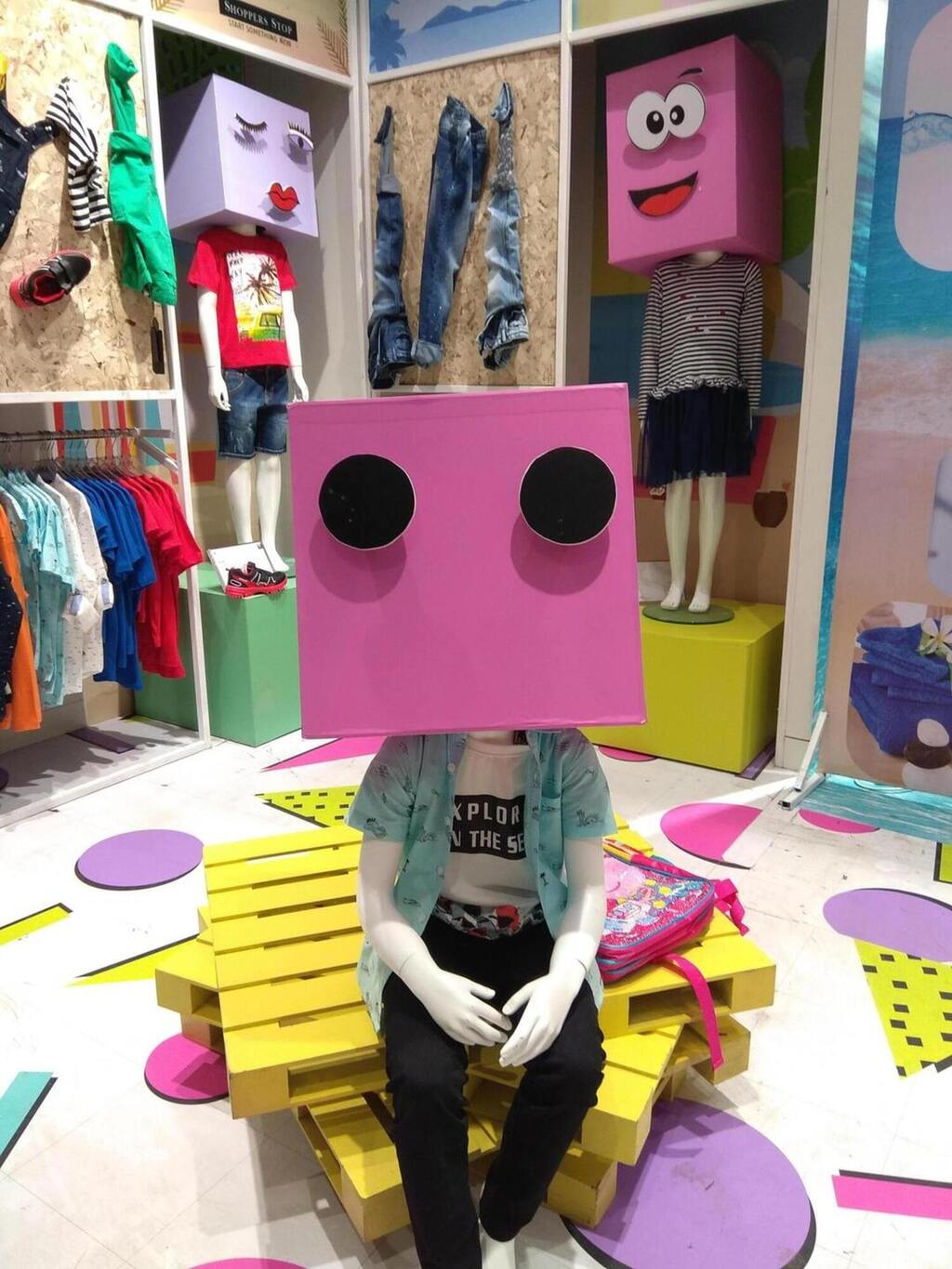How to Store & Organize Kids Clothing – Ultimate Guide
Finding time to clean the house is difficult at the best of times, but keeping track of your children's closet organization may be particularly difficult given how quickly they outgrow their items.
The
key to simple kids closet organizing is to maximize the available space.
Because Cheap Baby Clothes Wholesale are small, investing in dividers,
hanging storage, and boxes will ensure that no room is wasted. Wardrobes, like
most things kids get their hands on, may take a beating, so when constructing a
kids closet organization, make sure you choose durable boxes and baskets.
Adding
splashes of color not only makes it more appealing, but it also teaches kids
how to sort their own belongings. "For example, you can educate kids to
put their shoes in the red box,'' says a professional organizer.
The
more organized your children's closet is, the easier it will be to dress them in
the morning. It's much better if they can dress themselves, so consider low
rails and easy-to-reach baskets.
If
you're trying to get rid of the clutter, we've contacted the experts for their
best kids closet organization ideas, shoe storage advice, and a few useful
tools to assist you and your kids organize their closets.
Closet
organization for kids
Before
you tackle kids' closet organizing, you must first purge and get rid of
everything they have outgrown or that you no longer desire. Although decluttering
can be a daunting task, there are a few basic steps to follow:
- Completely empty
the closet
Starting
from fresh is easier, so pull everything out of the closet and put it out where
you can see it. This will assist you in sorting through all of the goods. Don't
forget about the things in the laundry basket! Having an empty closet will
allow you to view all of the available space and begin planning what goes
where.
- Organize your stuff into categories.
Sort
all of the things into the piles below:
●
Wear
now. This pile contains seasonally suited and fit clothing. Changing your
child's closet between seasons is a terrific method to stay organized while
also getting rid of any unwanted clothes. So, in the spring, put away your
heavy sweaters and coats and replace them with lighter clothing. Items that are
too big (to grow into), too little (but you want to keep for future
hand-me-downs), and seasonal pieces can all be stored in vacuum pack bags or
boxes, with similar items grouped together and clearly labeled.
●
Donate.
This pile is for unwanted clothing that is still in good condition.
●
Clothing
that your child no longer wears or has outgrown, as well as clothing that you
don't like but is still in good shape, can be donated. You can donate them to a
charity or a baby bank, or sell them to a friend or family member. There are
other selling possibilities available, like Facebook Marketplace, online moms
groups, and so on.
●
Toss
it out. Items that are too worn or beyond repair can be recycled if you no
longer want them.
- Increase the amount of hanging space
After
you've gone through all of your clothes, it's time to put them back in the
closet. Children's clothes are significantly smaller than adults', therefore
putting twin rails to maximize space is a good idea because their garments
don't take up much vertical space. Lower rails will also make it easier for
kids to get to their own items.
You'll
also need to purchase child-sized hangers, as else the clothing will simply
fall off and pile up on the floor. Skinny velvet hangers keep garments from
slipping off, while wooden hangers are more durable and environmentally
friendly. There are also plastic adjustable hangers that may be enlarged as
your child grows, extending the life of your clothes.
With
this clever organizer system, you can make the most of your space. Young
children can easily reach the lower rails and shelves.
- Hang children's clothing
When
hanging the clothing, sort them by type and color, and use clothes dividers to
separate them.
- Include storage
bins
It's
now time to tackle the objects that can't be hung, such as toys and clothes.
Ideally, each box should contain only one set of clothes or comparable
products, such as pajamas, leggings, or t-shirts. To make it simpler to see
what's inside, choose clear boxes or boxes without lids that can easily fit
into a shelving unit.
Labeling
storage bins makes it easier for your child to locate what they require. You
can have them help you choose the pattern or color of the boxes and/or print
the labels.




Comments
Post a Comment